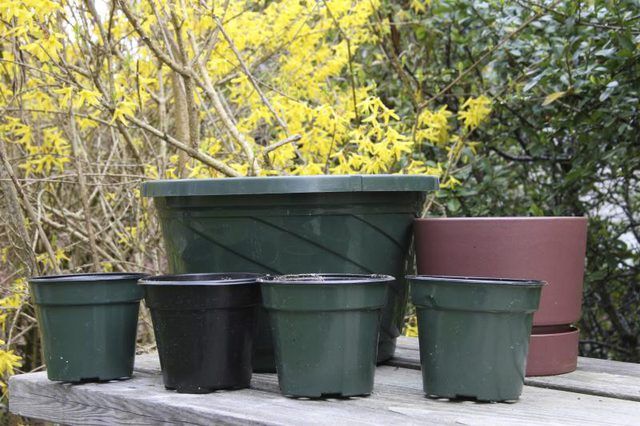Bulbs
Flower Basics
Flower Beds & Specialty Gardens
Flower Garden
Garden Furniture
Garden Gnomes
Garden Seeds
Garden Sheds
Garden Statues
Garden Tools & Supplies
Gardening Basics
Green & Organic
Groundcovers & Vines
Growing Annuals
Growing Basil
Growing Beans
Growing Berries
Growing Blueberries
Growing Cactus
Growing Corn
Growing Cotton
Growing Edibles
Growing Flowers
Growing Garlic
Growing Grapes
Growing Grass
Growing Herbs
Growing Jasmine
Growing Mint
Growing Mushrooms
Orchids
Growing Peanuts
Growing Perennials
Growing Plants
Growing Rosemary
Growing Roses
Growing Strawberries
Growing Sunflowers
Growing Thyme
Growing Tomatoes
Growing Tulips
Growing Vegetables
Herb Basics
Herb Garden
Indoor Growing
Landscaping Basics
Landscaping Patios
Landscaping Plants
Landscaping Shrubs
Landscaping Trees
Landscaping Walks & Pathways
Lawn Basics
Lawn Maintenance
Lawn Mowers
Lawn Ornaments
Lawn Planting
Lawn Tools
Outdoor Growing
Overall Landscape Planning
Pests, Weeds & Problems
Plant Basics
Rock Garden
Rose Garden
Shrubs
Soil
Specialty Gardens
Trees
Vegetable Garden
Yard Maintenance
How to Garden in Plastic Tubs
How to Garden in Plastic Tubs. As the creative gardener knows, you don't need a big stretch of land to grow fruits, vegetables or flowers. Start looking around and you'll find that plastic wash basins, storage totes, buckets or food containers can also work well for gardening -- though exactly what you end up using might depend on what it is you...

As the creative gardener knows, you don't need a big stretch of land to grow fruits, vegetables or flowers. Start looking around and you'll find that plastic wash basins, storage totes, buckets or food containers can also work well for gardening -- though exactly what you end up using might depend on what it is you want to grow.
Container Requirements
The Arizona Master Gardener Manual recommends making sure plastic tubs used for gardening have not held any toxic materials that would harm people or plants. The tubs should also be large enough to accommodate fully grown plants, be able to stand on their own without falling over and have some type of drainage system. If the tub doesn't have drainage holes, create some by drilling 1/2-inch holes in the bottom. Plants don't like wet feet. Because plastic pots are made from inert materials, they're safe for plants, suggests the University of Nebraska Extension. A word of warning though: if the tubs contain a plastic containing Bisphenol A, look for an alternative. BPA is a toxic chemical known to cause adverse health effects. If the triangle-shaped recycling label on the bottom of the tub has a "7" or "Other" on it, the tub may contain BPA.
Container Size
For plants to grow successfully in plastic tubs, they need enough room. How much room, though, varies widely, from a 5-gallon bucket size to as little as a half-gallon, depending on the plant. As a general rule, plants that bear some type of fruit, such as tomatoes (Lycopersicon esculentum), hardy from U.S. Department of Agriculture zones 2 to 10, require a much larger container than plants in which you eat the entire plant, such as lettuce (Lactuca sativa), hardy from USDA zones 4 to 9. Follow the spacing requirements indicated on the seed start label carefully as you don't want to crowd container plants. Cornell University's Horticulture Diagnostic Laboratory recommends choosing dwarf varieties of veggies when available because they've been developed for growing in containers. With tomatoes, for example, those varieties include Small Fry, Pixie and Tiny Tim.
Growing Medium
Container plants need a growing medium that is lighter and fluffier than an in-ground garden, giving them plenty of air and allowing the roots to flourish, notes the University of Maryland Extension. Options that might work well for the relatively lightweight plastic tubs -- which might tip over with a mixture that's too lightweight -- include a 100 percent compost mix, a mix of 50 percent soil-less medium and 50 percent compost, or a mix of 25 percent garden soil with 50 percent compost and 25 percent soil-less mix. Don't add just garden soil to containers as it will be too heavy and won't offer enough aeration or drainage. Before you add growing medium, place the tubs in a location with enough sun for that type of plant since the containers might be too heavy to move after filling.
Watering Needs
When you're growing vegetables in plastic tubs, expect to water more frequently than you would with an in-ground garden. Plastic tubs won't dry out quite as quickly as ceramic pots, suggests Colorado State University's Extension, but still, you might find the plants need water as much as twice a day. Plastic comes in nearly every color, but if you're using dark-colored tubs, they may tend to heat up in the sun more quickly than light-colored ones, resulting in the need for more frequent watering. If the growing medium in the containers dries out completely, you've waited too long to water. You'll know you've added enough water when a small amount drips out from the drainage holes.